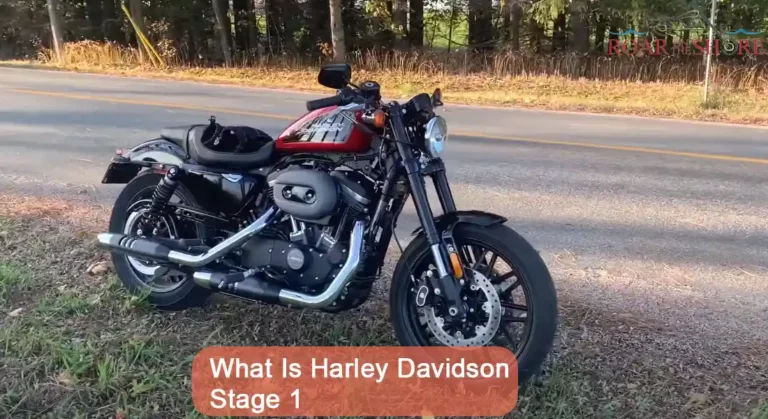Harley Davidson Tire Pressure Chart – Ride Safe And Steady
A Harley Davidson tire pressure chart shows the recommended tire pressure for different Harley-Davidson models. With this chart, you can ensure that you never blow up your tire with excess pressure, or keep it under-inflated, which can cause poor handling and increased tire wear.
Most Harley-Davidson models require 36 PSI at the front and 40 PSI at the rear tire. However, as tire sizes vary between models, these numbers may just as well. Come on, let’s take a closer look.
How to Understand the Harley-Davidson Tire Pressure Chart?
A tire pressure chart for Harley-Davidson motorcycles typically has three columns.
It shows the models in the first column and the recommended tire pressures for the front and rear tires in the second and third columns.
Finding the perfect pressure for your Harley-Davidson from this chart is a no-brainer.
All you need to do is locate your specific model in the table and check the recommended front and rear tire pressures.
In most cases, the tire pressure is expressed in PSIs, which stands for pounds per square inch. However, in Europe, kilopascals, or kPa, are commonly used instead.
Read Also: Harley Davidson Helmet Size Chart
Harley Davidson Tire Pressure Chart
So, let’s now see how the Harley Davidson tire pressure chart breaks down. To help you find the ideal pressure regardless of your location, I’ve included PSI and kPa units.
| Harley-Davidson Models | Pressure Recommended for Front Tire | Pressure Recommended for Rear Tire |
| Electra Glide | 36 PSI (248.21 kPa) | 40 PSI (275.79 kPa) |
| Harley-Davidson Fat Boy | 36 PSI (248.21 kPa) | 42 PSI (289.58 kPa) |
| Harley Forty-Eight | 36 PSI (248.21 kPa) | 40 PSI (275.79 kPa) |
| Harley Forty-Eight Special | 36 PSI (248.21 kPa) | 40 PSI (275.79 kPa) |
| Harley Iron 883 | 30 PSI (206.84 kPa) | 40 PSI (275.79 kPa) |
| Street Rod | 32 PSI (220.63 kPa) | 36 PSI (248.21 kPa) |
| Road King | 36 PSI (248.21 kPa) | 40 PSI (275.79 kPa) |
| Harley-Davidson 1200 Custom | 30 PSI (206.84 kPa) | 36 PSI (248.21 kPa) |
| Harley Low Rider | 32 PSI (220.63 kPa) | 36 PSI (248.21 kPa) |
| Super Low Rider | 36 PSI (248.21 kPa) | 42 PSI (289.58 kPa) |
| Heritage Softail Classic | 36 PSI (248.21 kPa) | 40 PSI (275.79 kPa) |
| Dyna | 36 PSI (248.21 kPa) | 42 PSI (289.58 kPa) |
| FXDC Super Glide | 30 PSI (206.84 kPa) | 36 PSI (248.21 kPa) |
| Pan America 1250 | 32 PSI (220.63 kPa) | 36 PSI (248.21 kPa) |
Read Also: Harley Exhaust Fitment Chart: Road to Perfect Fit For Your Harley
How to Find the Right Tire Pressure for Your Harley-Davidson Motorcycle?
Before anything else, the best way to determine the ideal tire pressure for your Harley is to check your owner’s manual. But if you don’t have one, the chart above should help.
Yet, you must keep in mind that the numbers shown above only apply to OEM tires in their ideal (cold) conditions.
And you can’t always get to ride on your terms, can you? So, it’s crucial to learn how to adjust the pressure accordingly.
And the best way to do that is to follow the Rule-of-two, which is essentially subtracting or adding two PSIs when need be. Here are the potential use cases of this rule.
When Driving on Highways
The “rule-of-two” says you should add 2 PSIs when riding down the highways.
Take the ideal tire pressure for Harley Softail for instance, where it says 36 PSI at the front and 40 at the rear. You’ll have to make it 38 and 42 respectively.
The reason for this is riding on highways requires higher speeds, which increases the tire’s temperature and expands the air inside.
This can cause the tire to become overinflated and lead to a blowout. But when you increase the pressure beforehand, this is less likely to happen.
Read Also: Harley Davidson Bolt Size Chart: A Complete Guide
For Summertime Rides
Likewise, you should reduce the pressure by 2 PSIs when riding in the summer to upkeep proper engagement. For this your 36 PSI will go down to 34, and 40 PSI to 38.
Since the temperature will rise, so will the pressure, and reducing the PSI can help keep things balanced.
When Driving up the Mountains
When you travel to a higher altitude, the air pressure around you decreases. This means the air inside your tires will expand and increase the tire pressure.
Hence, you should decrease your tire pressure by 2 PSIs when riding up the mountains.
For Third-Party Tires
Well, I wouldn’t recommend the rule of two if you’ve had your tire replaced with third-party tires.
In this case, it’s best to follow the manufacturer-recommended pressure across different tire sizes and situations.
And to do that, you can simply visit the manufacturer’s website to look up what they recommend.
Below is an example of the tire pressure recommended by Michelin and Dunlop tires for Harley Softail FXBB and FXLR.
Read Also: Harley Wheel Interchange Chart: Everything You Need To Know!
Frequently Asked Questions
Do you have further questions regarding the Harley Davidson tire pressure chart? You can check the following answers to some of the most commonly asked questions for further guidance.
How To Check The Tire Pressure In Harley-Davidson Motorcycles?
Before you check your Harley’s tire pressure, make sure it’s cooled off. Then start by removing the valve cap from the tire. You’ll now need a measuring gauge. If you have one, simply insert it through the valve by pressing it down, and check the reading.
How Much Pressure Is Recommended For Harley-Davidson Iron 1200?
Like most other models, Harley Davidson recommends 36 PSIs at the front and 40 PSIs at the rear tire for the Iron 1200. However, as with any tire, you should consider the affecting factors, such as where you’re driving and the weather.
What Happens If I Ride My Harley Davidson With Incorrect Tire Pressure?
If you don’t maintain the recommended tire pressure for Harley motorbikes, it can affect riding performance, stability, and efficiency. Also, you may lose control over the motorcycle on wet and uneven roads resulting in injuries.
How Often Should I Check The Tire Pressure On My Harley Davidson?
Ideally, you should check your Harley’s tire pressure at least once a month. However, your location, the weather, and your driving habits can largely impact how fast your tire pressure increases. So, it’s also a good idea to check the tire pressure before and after a long ride.
Conclusion
So, there you have it–a comprehensive Harley Davidson tire pressure chart complete with all the know-how needed to maintain the appropriate pressure.
Remember to always refer to your owner’s manual for the most accurate information and consult with a professional if you’re unsure.
And be sure to maintain proper tire pressure for a smoother, safer ride and longer tire life.
Read Also: Harley Davidson Fluid Capacity Chart: A Must-Read Resource
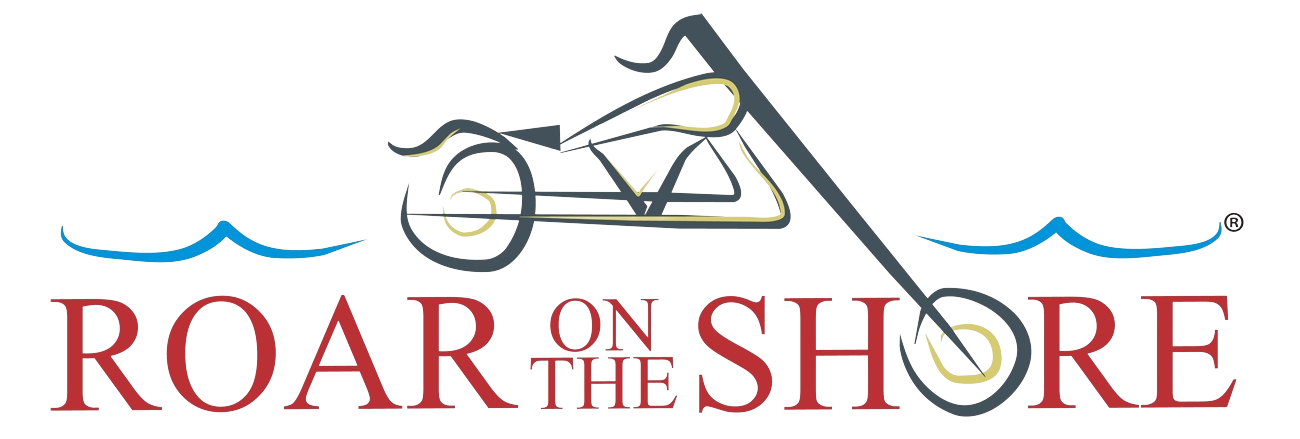
![Harley Davidson Twin Cam 88 Oil Capacity [An On-Point Guide!]](https://www.roarontheshore.com/wp-content/uploads/2023/05/Harley-Davidson-Twin-Cam-88-Oil-Capacity--768x419.webp)
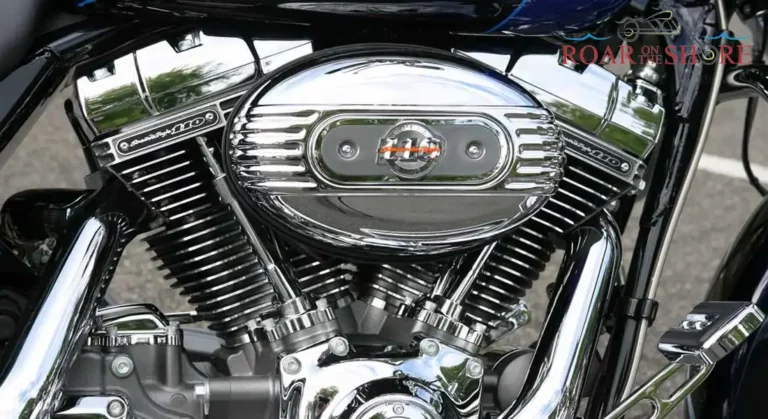
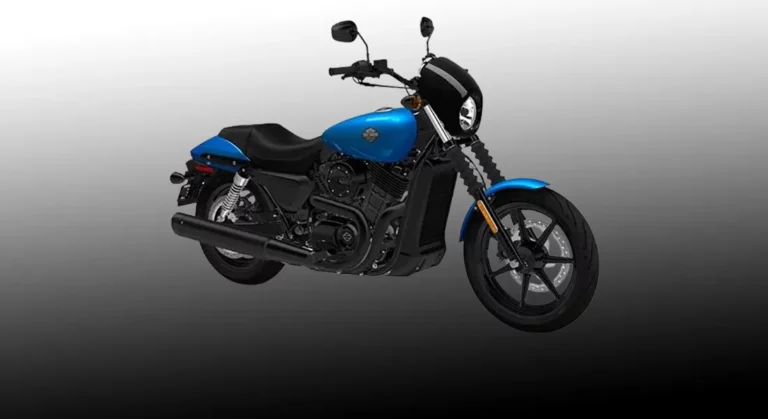
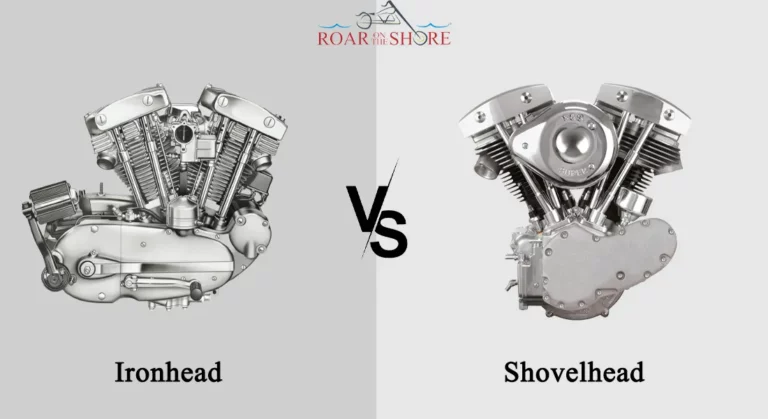
![Best Year Harley Fatboy [Selected Top-Notch Models]](https://www.roarontheshore.com/wp-content/uploads/2023/06/Best-Year-Harley-Fatboy-768x419.webp)
